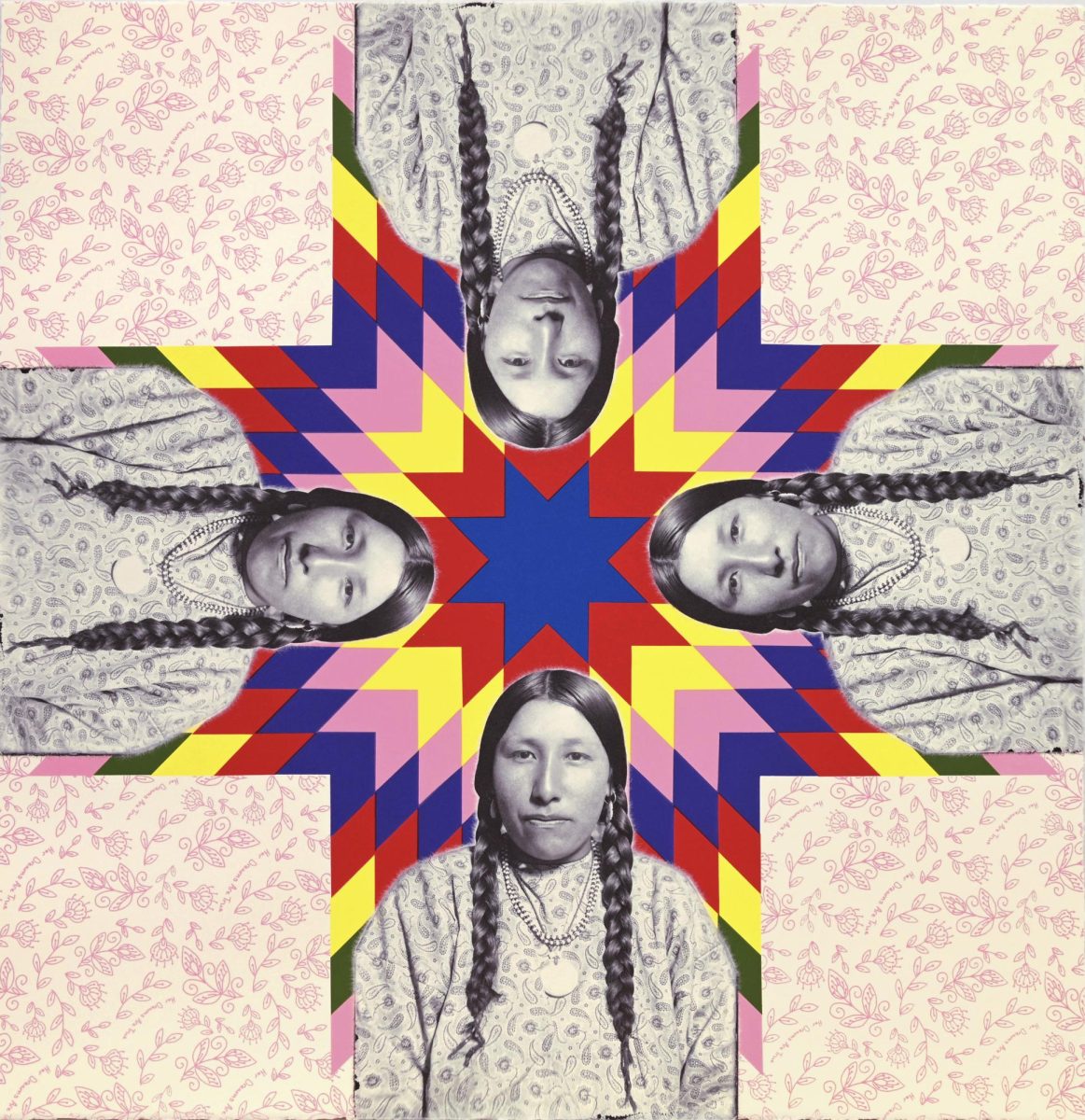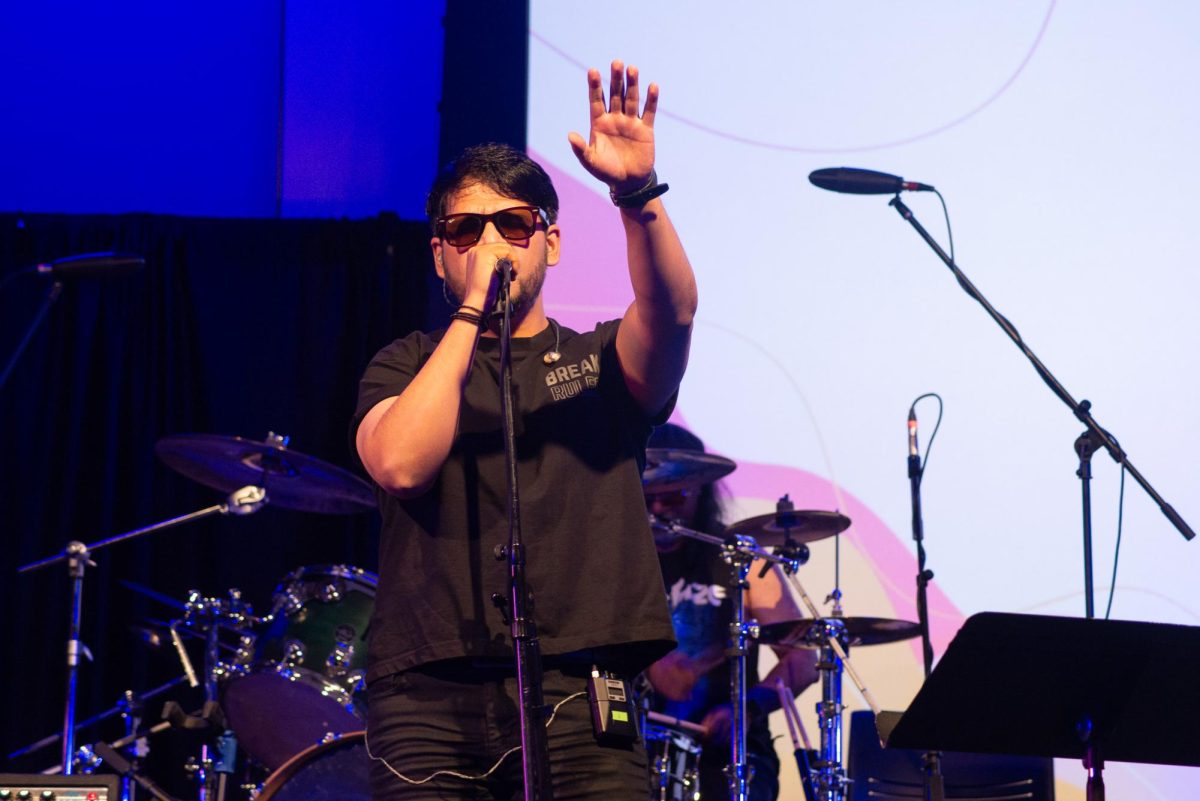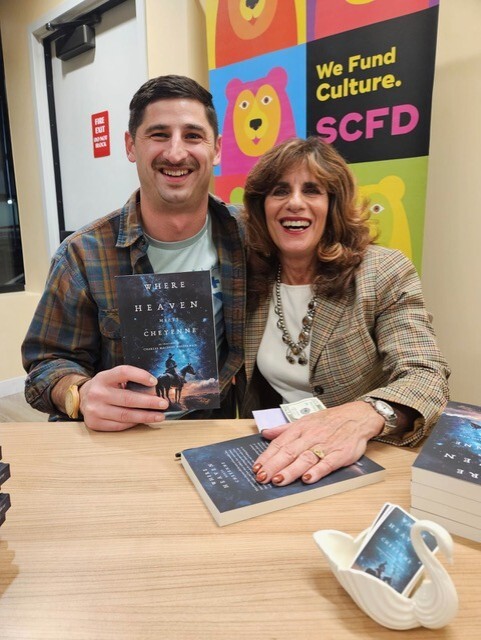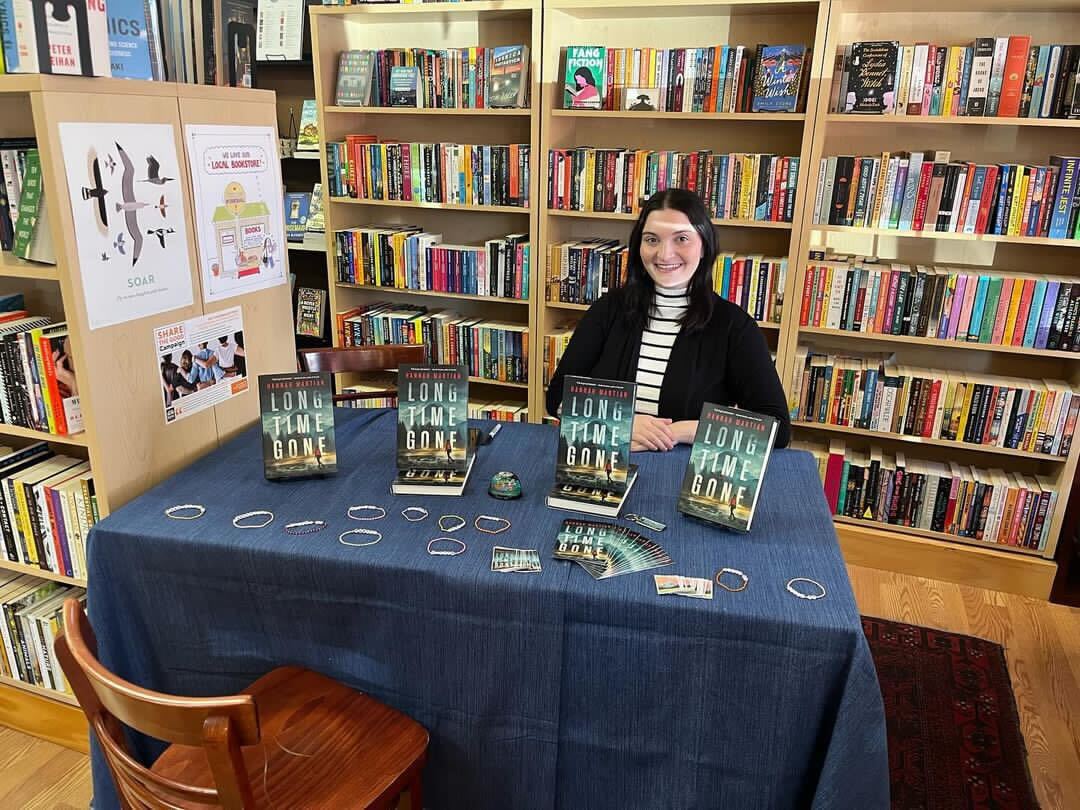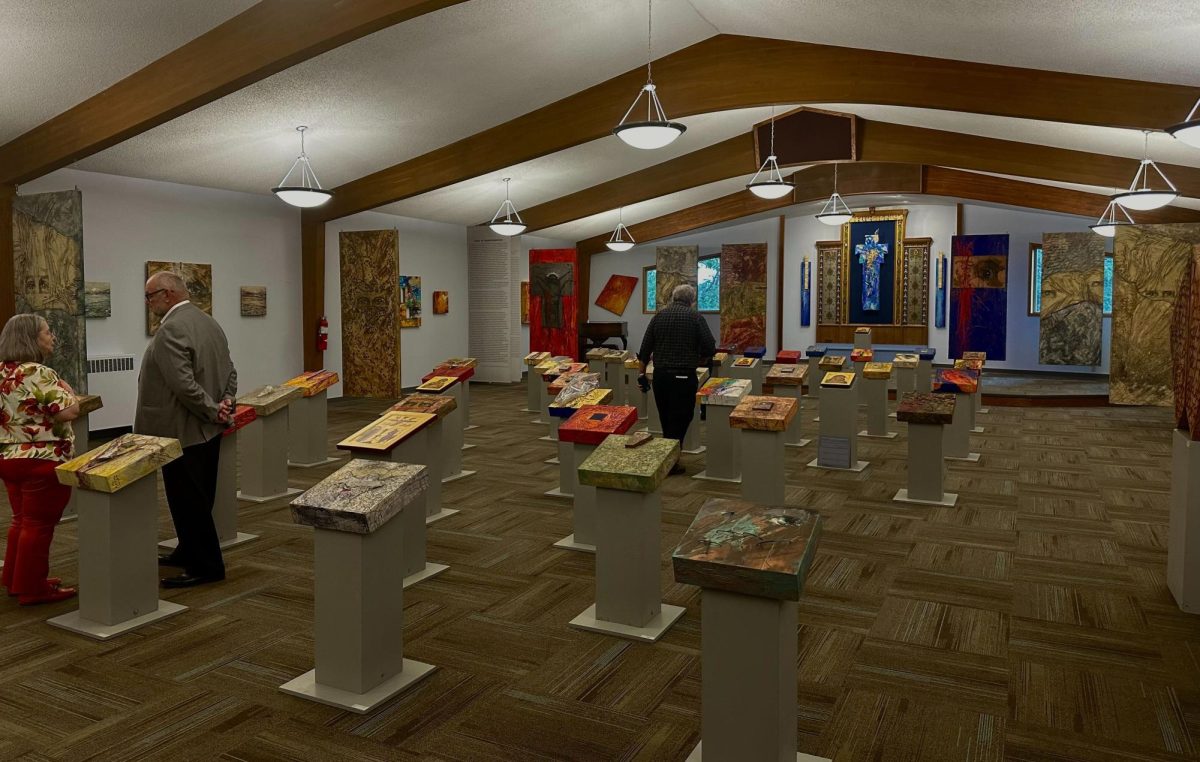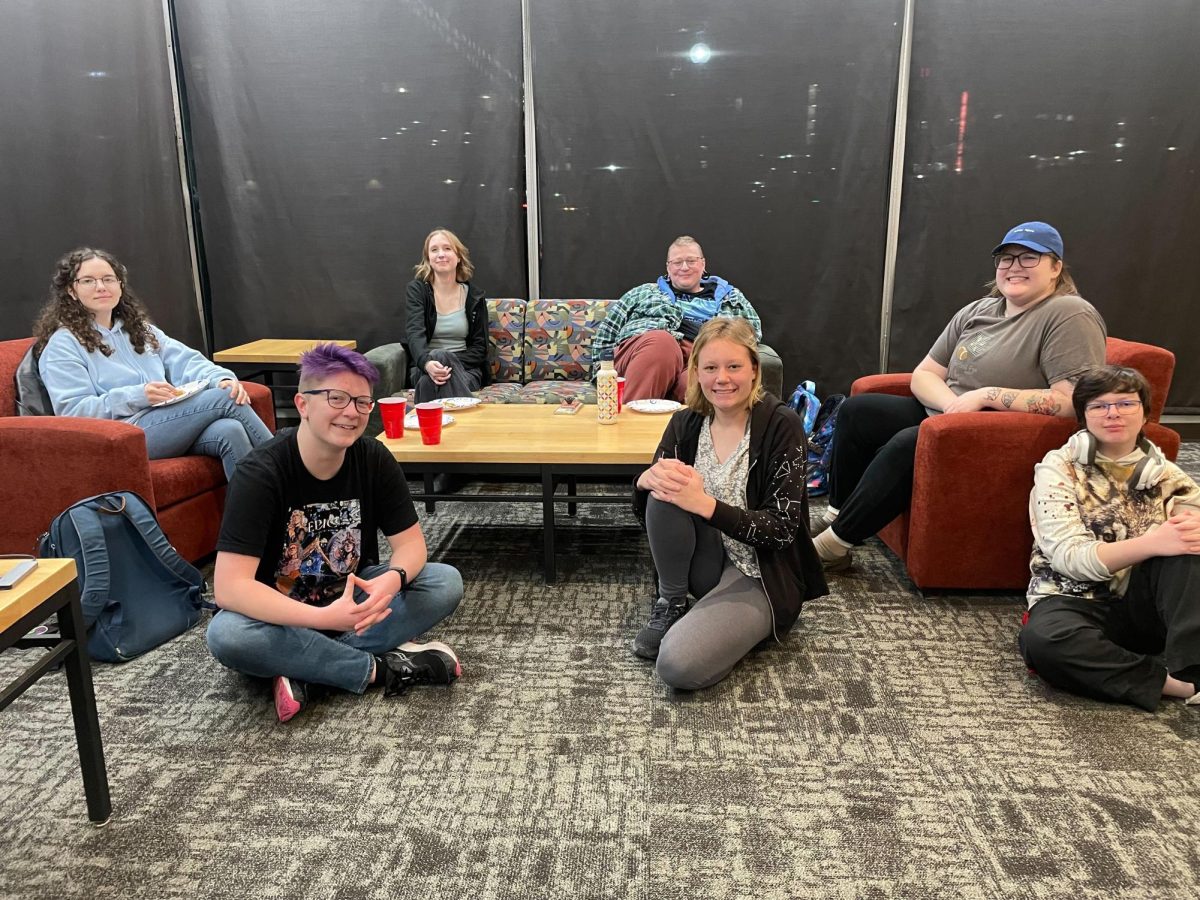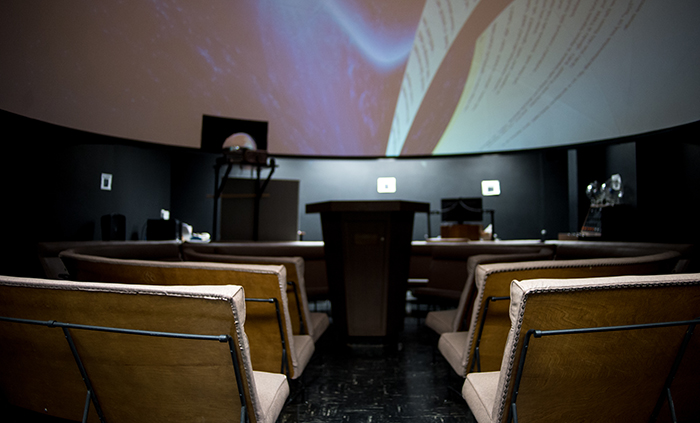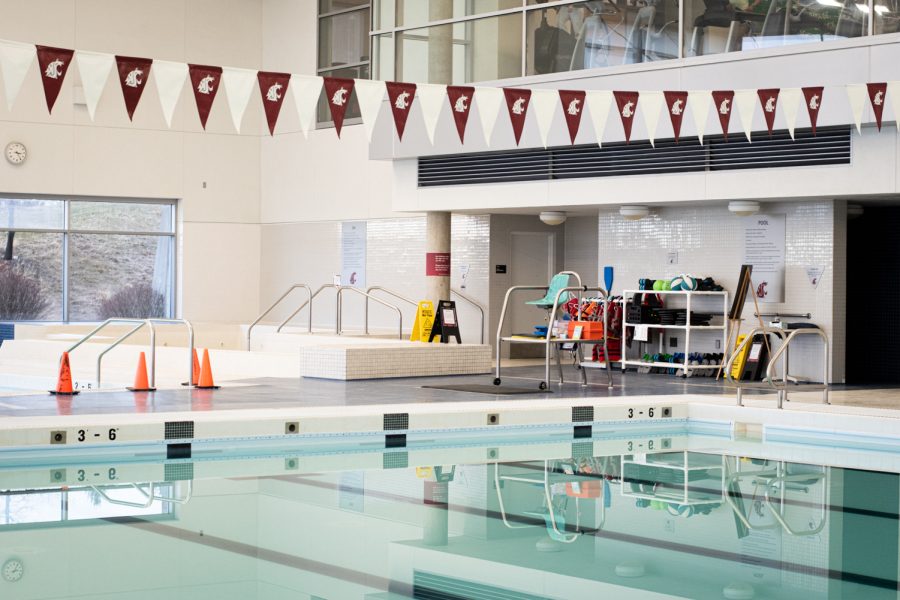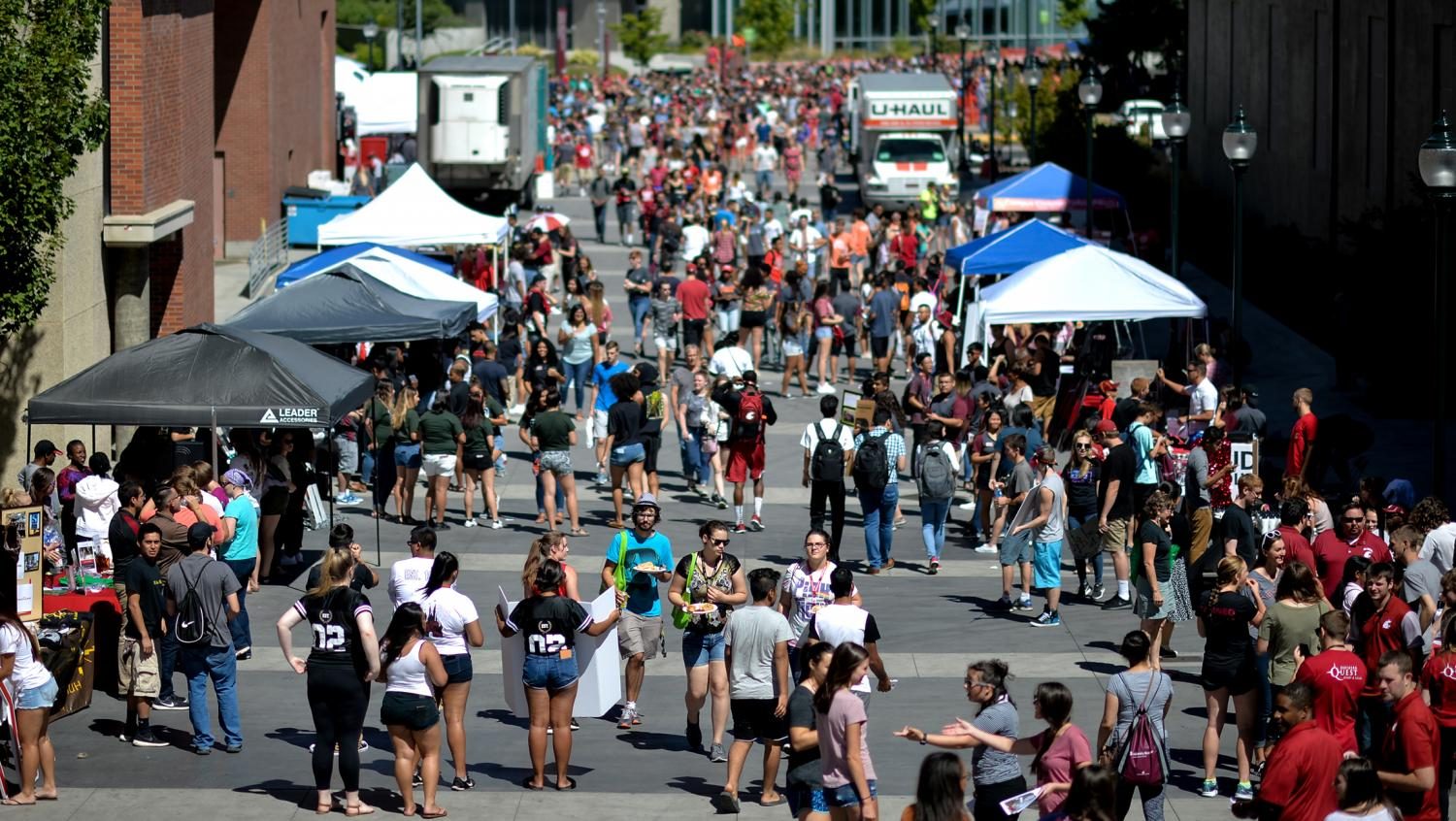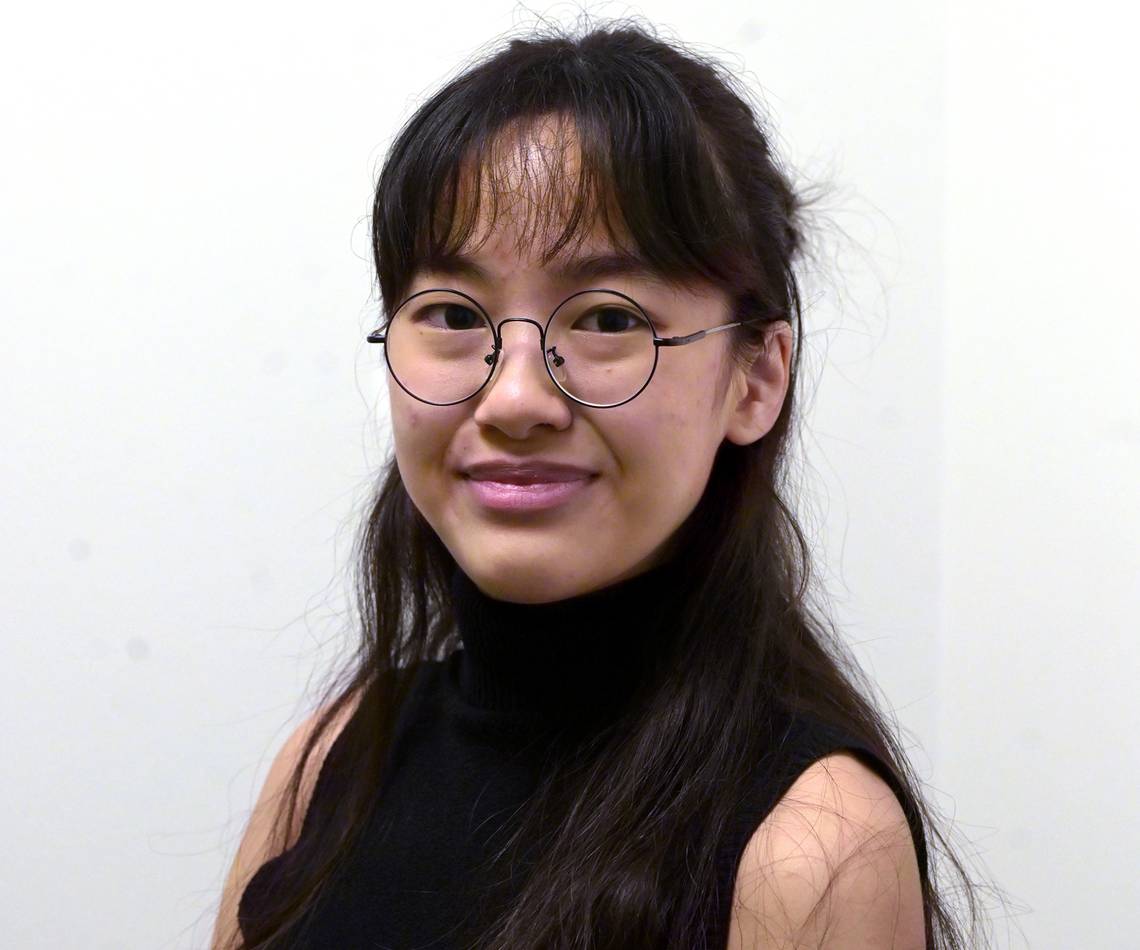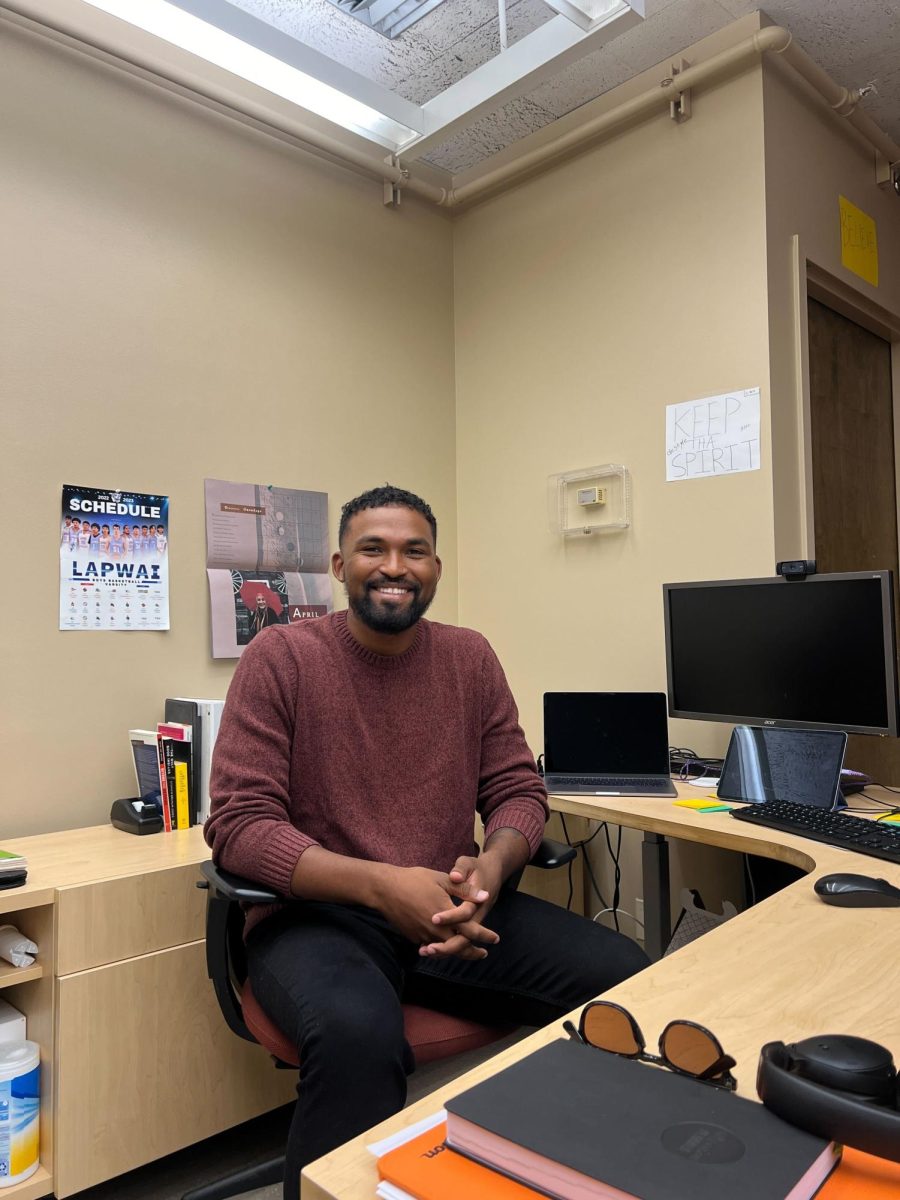Paintings and sculptures from local and out-of-state Indigenous communities, bones and other materials from the WSU Museum of Anthropology and woven materials from Indigenous reservations have come together on campus for one exhibition.
“Here in a Homemade Forest: Common Reading Connections“ will be on display at the Jordan Schnitzer Museum of Art WSU until March 9, 2024.
The exhibition’s focal point is the second-time WSU common reading book “Braiding Sweetgrass: Indigenous Wisdom, Scientific Knowledge, and the Teachings of Plants” by Robin Wall Kimmerer. The book highlights themes of traditional wisdom, cultural practice, environmentalism and the importance of art, beauty and storytelling, according to the museum’s website.
Museum student worker Ursula Delgado said the works promote a different message: a message about learning and sharing a natural knowledge of landscapes and lifestyles.
“Art is a beautiful way of expression that isn’t telling you what you should see,” Delgado said. “It’s about putting an image out there and seeing how it makes you feel.”
Collaging works from the Umatilla Indian Reservation and Museum of Anthropology, the exhibition features a combination of contemporary art and historical material inspired by “Braiding Sweetgrass: Indigenous Wisdom, Scientific Knowledge, and the Teachings of Plants.”
Indigenous Oregonian artists James Lavadour and Rick Bartow play a grand part in the collection’s representation, as well as Wendy Red Star, a contemporary artist from Billings, Montana, said Kristin Becker, museum education and programs curator. However, the showcase focuses on works from community locals.
One of the exhibition’s most important aspects was incorporating student voices through the lens of art, Becker said.
“One of the goals is for staff and students to be represented,” Becker said. “It’s not necessarily just about the artists, but the people here day to day.”
The museum facilitates inclusion at WSU by displaying a vast assortment of themes and cultures, all while holding a welcoming hand to every part of the community, Becker said.
The exhibition is something the museum staff has wanted to do for a while, museum executive director Ryan Hardesty said.
“The theme came first; sometimes the art comes first but this time, the theme was everything,” Hardesty said.
The exhibition serves as an opportunity for students to learn about new perspectives and create a stronger bond with the places they live, Hardesty said. The museum staff hopes students will see the museum as more than a display.
“We hope students will use the museum as a place to recharge and relax,” Hardesty said.
The museum is open from 10 a.m.–4 p.m. Tuesdays–Saturdays.


